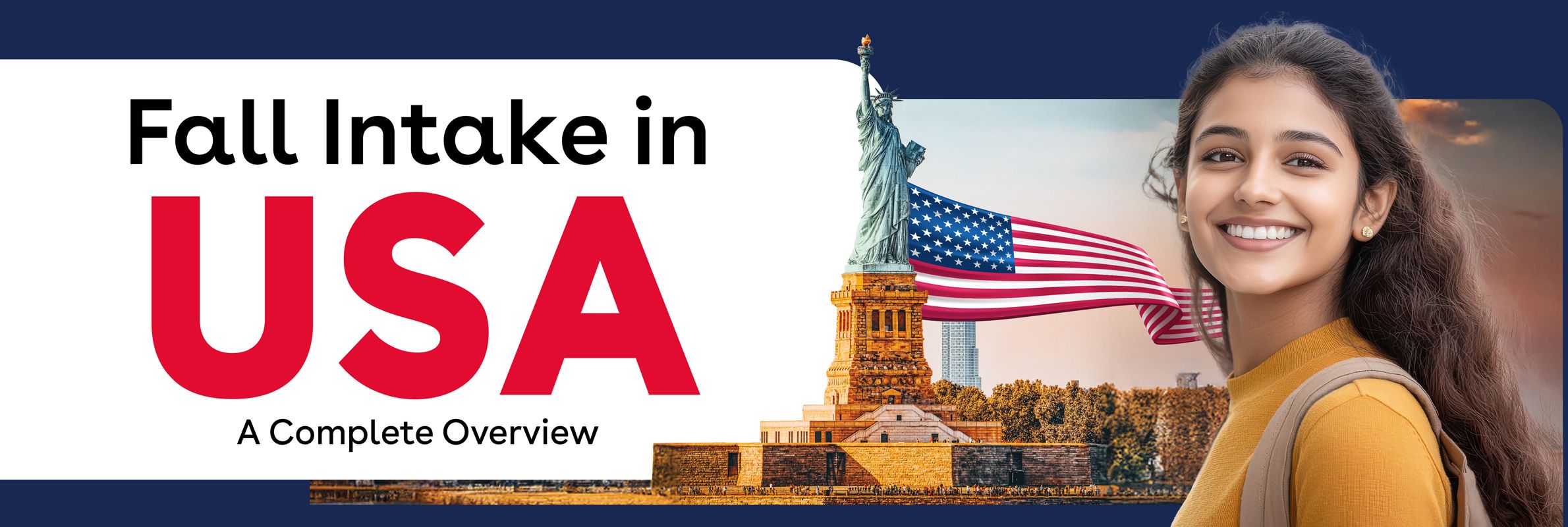From the mind that sparked the iPhone to the garage where Microsoft was born. From the search engine Google that answers everything to the e-commerce jungle Amazon, where you find anything, the USA has always been the cradle of innovation.
It is no surprise that students from every corner of the world choose America as their launchpad for higher education and ambitious dreams. After all, if you glance at the top Fortune 500 companies, you will notice a common thread yourself many of them are led by individuals who were once international students in the USA.
